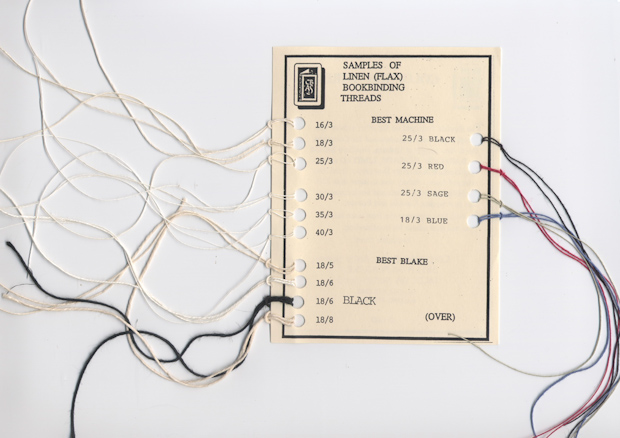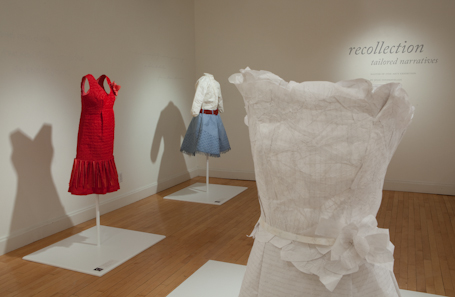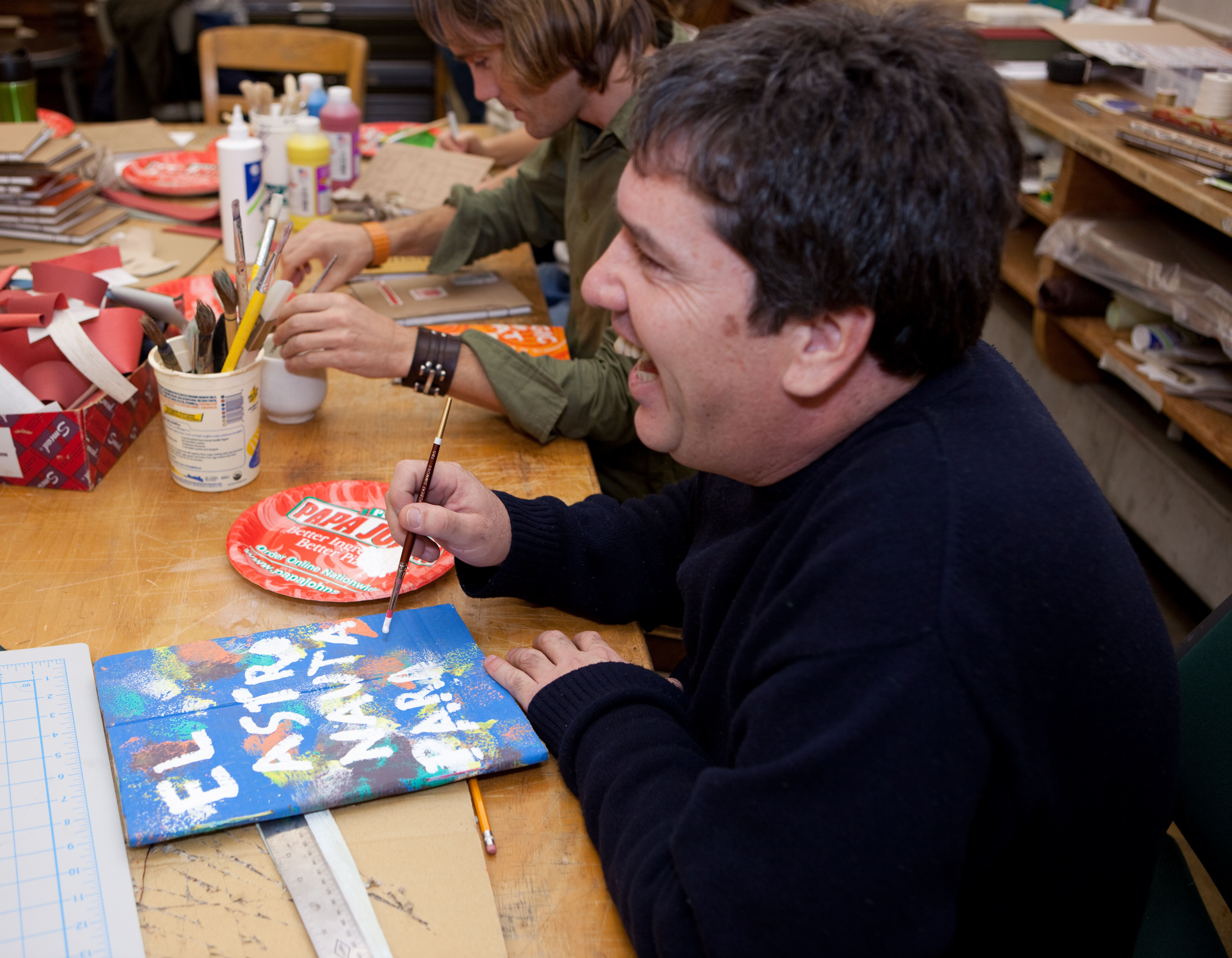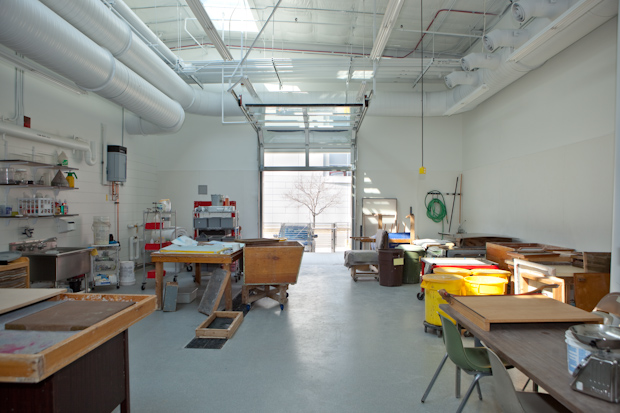One of the most common questions that I get is “What type of thread is best for binding my book?”
The two suppliers that I use most often for binding thread are Colophon Book Arts Supply and Talas. However, many many vendors sell thread for bookbinding. I have used silk button thread for a small book, since it was the only thread that I could find in the color that I wanted. The photo above shows types of thread most commonly used to sew books. The photo illustrates that binding thread is sold in different sizes. The second number 3, 5 and so on, indicates the number of strands that are wound together to form the thread. The first number indicates the thickness. Therefore thread that is labeled 25/3 is thinner than 18/3. Most often I use 16/3 or 18/3. But every project varies and I seldom ever say one size fits all. It is best to have a variety of size and colors on hand. I am not real sure how vendors determine the first number. My best guestimation is that it relates to the length of thread need to equal a set amount of weight. I am not sure where along the way I heard this. Perhaps you can let me know the best answer.





